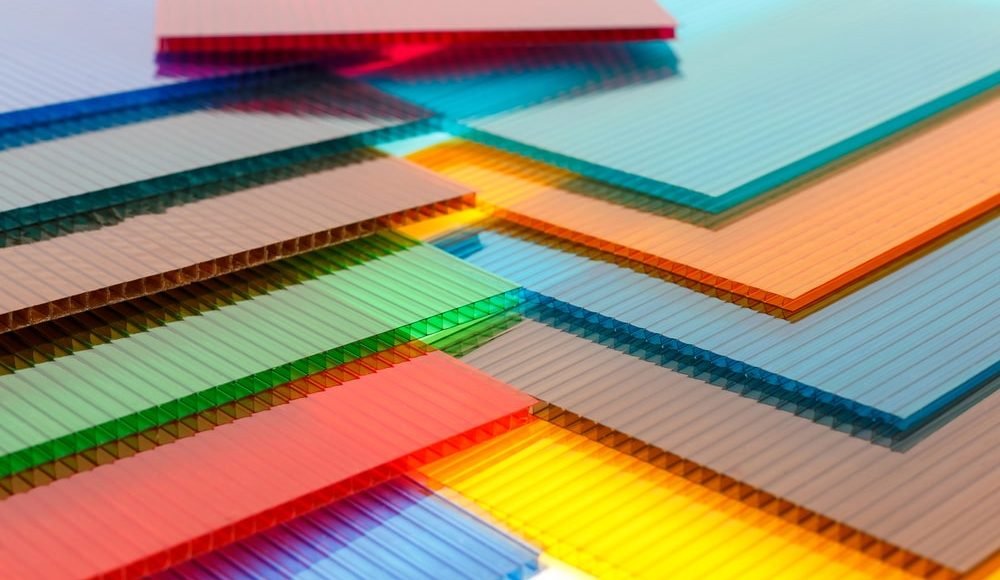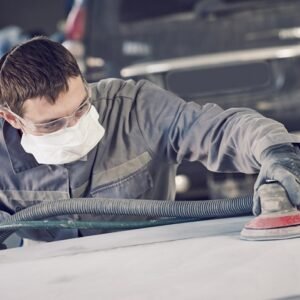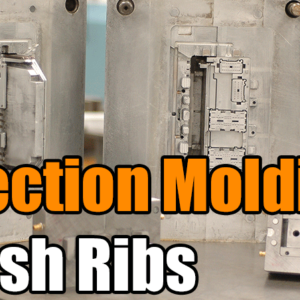Policarbonato (computador) moldagem por injeção é um dos métodos mais amplamente utilizados para produzir fortes, transparente, and precise plastic components across industries. This engineering-grade thermoplastic is known for its unique combination of toughness, Resistência ao impacto, and optical clarity, making it the go-to choice for medical, automotivo, consumidor, and optical applications.
Neste artigo, we will take a detailed look at the fundamentals of polycarbonate injection molding, suas aplicações, técnicas, benefícios, desafios, and common problems that manufacturers must address when working with this versatile plastic.
Polycarbonate Injection Molding Basics
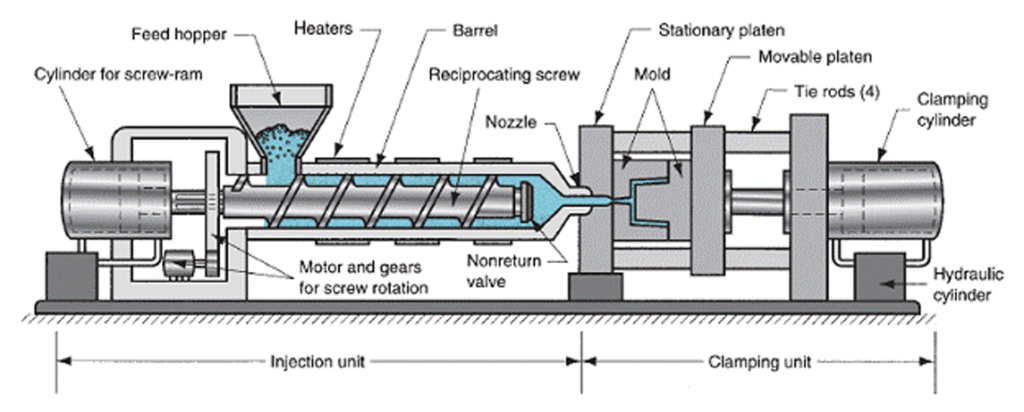
Polycarbonate Injection Molding Basics
Polycarbonate injection molding is the process of injecting melted polycarbonate pellets into a mold under high temperature and pressure to form complex shapes. Polycarbonate itself is an amorphous thermoplastic polymer with carbonate functional groups, known for its high transparency, durabilidade, e resistência ao calor.
While polycarbonate can also be processed by extrusion, blow molding, and thermoforming, moldagem por injeção offers the highest level of flexibility in terms of part geometry, produção em massa, e qualidade da superfície. Compared to acrylic, polycarbonate provides better toughness, Resistência ao impacto, e estabilidade térmica, while still maintaining excellent optical clarity.
Applications of Polycarbonate Injection Molding
Due to its unique balance of mechanical and optical properties, polycarbonate injection molding finds use in a wide range of industries:
Eyeglasses and Lenses
Polycarbonate is the preferred choice for optical lenses, including eyeglasses, sunglasses, and safety goggles. It is lightweight, resists UV radiation when stabilized, and has excellent clarity.
Dispositivos médicos
Its ability to withstand sterilization (steam autoclaving, ethylene oxide, gamma irradiation) makes polycarbonate suitable for syringes, IV connectors, catheters, and incubators. The transparency of the material is vital for monitoring fluids and medical processes.
Produtos de consumo
Polycarbonate is food-safe and resistant to high temperatures, making it ideal for kitchenware such as mixing bowls, food processor housings, and water bottles. It can be manufactured in transparent or opaque forms depending on product requirements.
Aplicações automotivas
Polycarbonate is widely used in headlight lenses, painéis de instrumentos, and interior trim due to its impact resistance, UV stability, and ability to withstand temperature fluctuations. Unlike glass, it resists shattering, providing safety benefits.
The Polycarbonate Injection Molding Process
The process is similar to injection molding with other thermoplastics but requires specific attention to heat and viscosity control:
Feeding & Fusão: Polycarbonate pellets are dried and then fed from a hopper into a heated barrel. Friction and heat generated by the screw melt the material.
Injeção: Once melted, the screw pushes the molten polymer into the mold cavity at high pressure.
Resfriamento & Solidification: The part cools inside the mold, shrinking slightly as it solidifies.
Ejeção: The mold opens and the part is ejected for finishing.
Because polycarbonate has high viscosity, it requires higher processing temperatures (260–320 °C) and careful injection speed control to avoid material degradation.
Polycarbonate Injection Molding Techniques
Different specialized techniques are often applied to improve part quality and reduce molding challenges:
Rapid Heating & Resfriamento (RH&C)
Prevents weld lines and surface blemishes on transparent parts by heating the mold before injection and cooling it rapidly afterward.
Water-Assisted Injection Molding
Used for hollow or thin-walled parts. High-pressure water inside the mold pushes plastic against the cavity walls for uniform thickness and smooth interiors.
Compression Injection Molding
Suitable for thick-walled parts prone to sink marks. Plastic is injected at low pressure into an open mold, which then closes to form the final part.
Overmolding/Insert Molding
Allows multiple materials to be combined into one component by molding polycarbonate over pre-placed inserts or secondary materials.
Advantages of Polycarbonate Injection Molding
Polycarbonate injection molding offers numerous benefits for manufacturers:
Fast Cycle Times – Much quicker than machining or thermoforming, enabling high productivity.
Precisão & Tolerâncias apertadas – Consistency of ±0.1 mm can be achieved with well-designed molds.
Wide Size Range – Suitable for both small intricate parts and larger automotive components.
Excellent Repeatability – High consistency across thousands or millions of parts.
Acabamento de superfície de alta qualidade – Mold surfaces can be polished to transfer mirror-like clarity.
Efficient Material Usage – Mínimo desperdício, with runners often recyclable.
Low Labor Costs – Highly automated process reduces reliance on manual labor.
Flexibilidade de projeto – Allows creation of complex geometries, multi-material parts, and functional designs.
Disadvantages of Polycarbonate Injection Molding
Apesar de suas vantagens, several challenges exist:
High Tooling Costs: Molds are expensive to design, máquina, and polish, making low-volume production uneconomical.
Expensive Raw Material: Polycarbonate is costlier than alternatives like polypropylene or ABS.
Processing Difficulties: High viscosity makes thin-walled or detailed parts harder to mold without risking degradation.
Common Problems in Polycarbonate Injection Molding
To ensure successful production, manufacturers must address common issues:
Absorção de umidade
Polycarbonate absorbs moisture quickly, leading to splaying and weakened properties. Pellets must be dried to less than 0.02% moisture content before processing.
Adhesion to Metals
PC tends to stick to molds or screws with high iron content. Chrome plating or special coatings help prevent sticking.
High Viscosity Challenges
Requires higher temperatures and injection pressures, but excessive heat may cause yellowing or chemical breakdown. Careful balance is essential.
Other Materials for Injection Molding
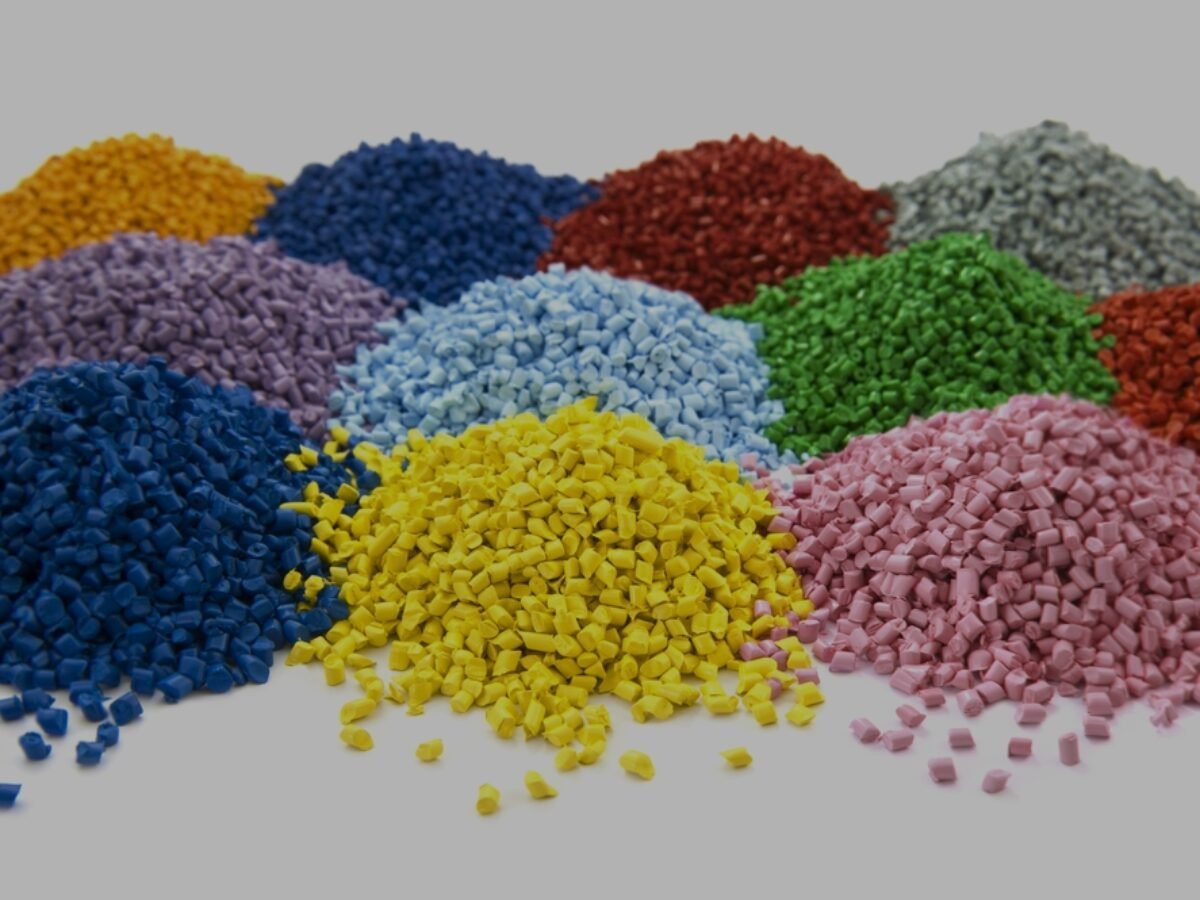
Other Materials for Injection Molding
While polycarbonate is popular, many other thermoplastics are also injection molded:
abdômen (Butadadieno de acrilonitrila) – Good for consumer products and automotive trim.
PP (Polipropileno) – Widely used in packaging, automotivo, and household goods.
Nylon (PA) – Strong and wear-resistant, suitable for gears and mechanical components.
Filled Plastics – Polycarbonate and other resins can be reinforced with glass fibers or carbon fibers for added strength.
Metal Injection Molding (MIM) – Uses a polymer binder mixed with metal powders, followed by sintering.
Resumo
Polycarbonate injection molding combines strength, transparência, e precisão, making it one of the most valuable processes in modern manufacturing. From medical devices and eyewear to automotive headlights and consumer goods, PC injection molding continues to expand its applications.
Although the material and tooling costs can be high, the process offers unmatched escalabilidade, repetibilidade, and design flexibility for high-performance plastic parts. With proper drying, projeto de molde, e controle de processo, manufacturers can overcome the challenges of viscosity and moisture sensitivity to produce flawless, high-quality polycarbonate components.
Perguntas frequentes
- What is the ideal processing temperature for polycarbonate injection molding?
Polycarbonate typically requires processing temperatures between 260–320 °C. The exact range depends on the grade of the resin, the part geometry, and the machine being used. Careful monitoring is necessary because prolonged exposure to high temperatures can cause yellowing or chemical degradation. - Why must polycarbonate pellets be dried before injection molding?
Polycarbonate is highly hygroscopic, meaning it absorbs moisture from the air. If not dried properly, the moisture will turn into steam during molding, causando splay marks, streaks, and reduced mechanical strength. Pellets should be dried to a moisture content below 0.02%before processing. - Can polycarbonate be overmolded with other plastics or materials?
Sim. Polycarbonate is often used in overmolding or insert molding processeswhere it bonds with elastomers (like TPU) or structural plastics (como abdominais). This enables multi-material designs, such as soft-touch grips on rigid housings. Proper mold design and material compatibility must be considered for strong bonding. - How does polycarbonate compare to acrylic in injection molding?
Both materials are transparent, but polycarbonate has superior impact resistance, dureza, e resistência ao calor, while acrylic offers better scratch resistance and lower cost. Polycarbonate is often preferred for safety-critical parts such as safety goggles, lentes automotivas, e dispositivos médicos. - What are common defects in polycarbonate injection molding and how can they be prevented?
Some common defects include:
Splay/Blisters: Caused by moisture; preventable by proper drying.
Burn Marks: Due to trapped gases; solved with better venting.
Weld Lines: Occur in transparent parts; minimized using Rapid Heating & Resfriamento (RH&C) técnicas.
Yellowing: Results from excessive heat exposure; mitigated by precise temperature control.

